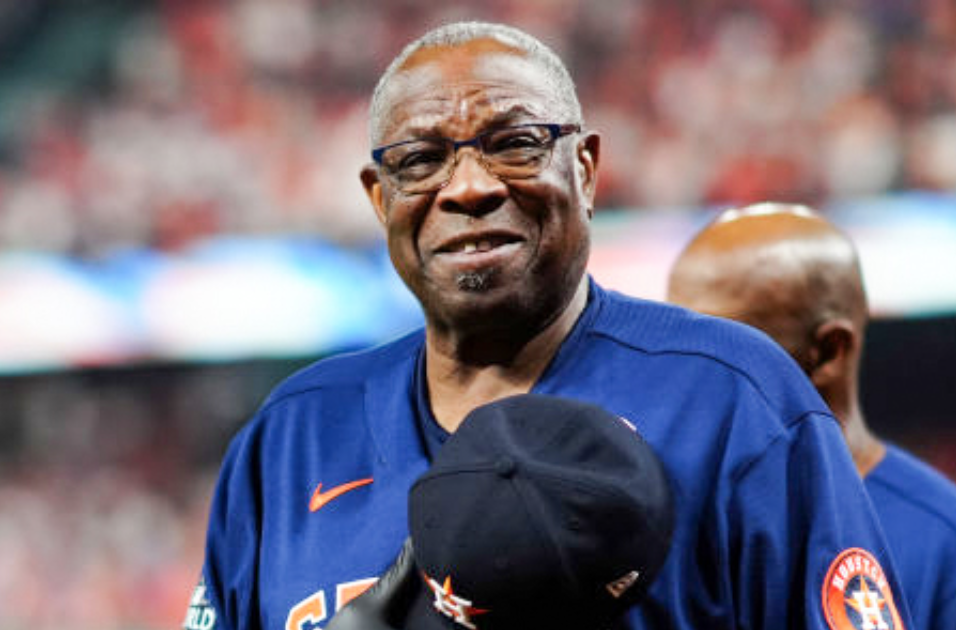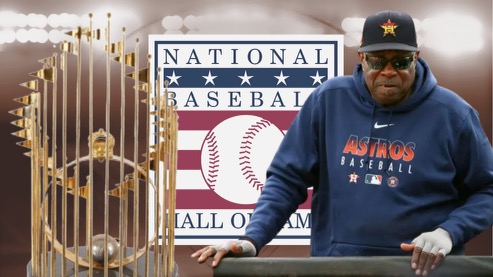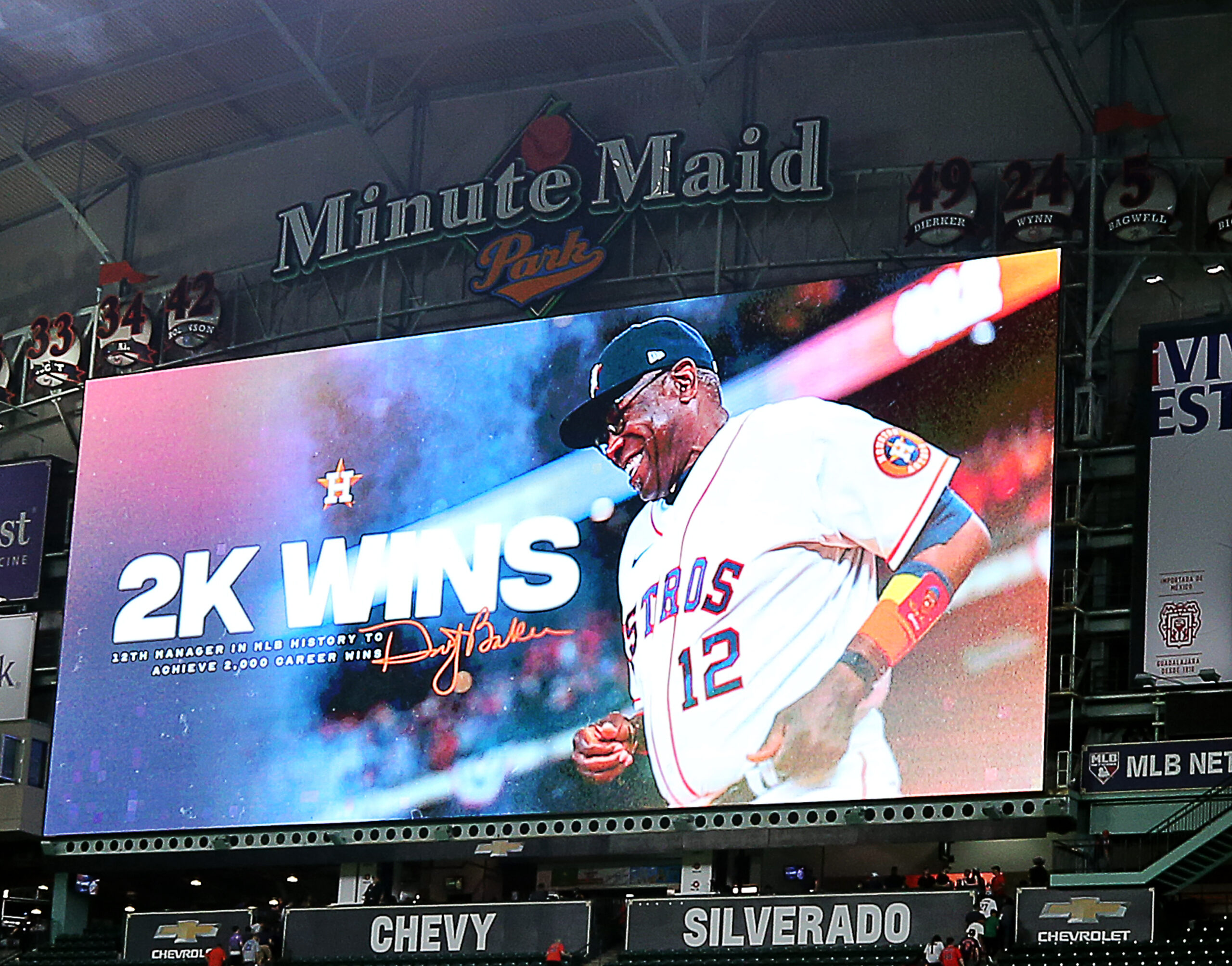Diversity has become a hot topic. Whether it’s about race or gender in the corporate boardroom or playing field, people are taking up the “fight for diversity”. But, what does diversity really mean?
Does it mean having a woman leading a sports department at a newspaper? Does it mean having a “minority” on a company’s board? Does it mean having various faiths represented in political offices?
Even if those things happen, some people still won’t be satisfied. It won’t be diverse enough for them. It wouldn’t be their definition of diversity. They demand more.
So then, what exactly does diversity mean? When is something diversified enough? What qualifies something as diverse?
***
Case in point: Several years ago, I remember Major League Baseball being lambasted for not being diverse enough. Additional context was never provided for those comments. They never indicated what part of Major League Baseball they meant.
People clearly had issues with the lack of African-Americans on the field and in management. For them, the low percentage of African-Americans playing baseball equaled a diversity problem.
Yes, the numbers of African-Americans in baseball has dwindled over the last several decades. However, I see a mixture of Caucasians, African-Americans, Hispanics/Latinos, Asians throughout the league. Breaking it down by country, there were Americans, Dominicans, Venezuelans, Puerto Ricans, Cubans, Japanese, Koreans, Canadians, Australians……
Sure looked to me like MLB was one of the most diverse leagues in America. More so than the NFL or NBA, two of the most popular sports around. According to the most recent studies released by The Institute for Diversity and Ethics in Sport (T.I.D.E.S.), this is the breakdown of player identifier percentages in T.I.D.E.S. 2016 reports:
White African-American Latino Asian Other
MLB 59% 8.3% 28.5% 1.7% 2.4%
NFL 27.4% 69.7% 0.8% 1.9% 0.2%
NBA 18.3% 74.3% 6.3% 0.2% 0.9%
Tell me again where the diversity issue is in MLB. Why is there no outcry for diversity in the NFL? Or, the NBA?
Therein lies the problem.
***
We watched a Dominican hit a walk-off home run off a fellow Dominican in last weeks American League Wild Card game. We watched a young American launch his name into San Francisco Giants lore with a three-run shot off of a young Dominican on Wednesday night. A young arm from Mexico dueled a veteran arm from California in one AL Divisional series opener while two mid-twenties Americans, one from each coast, faced off in the other.
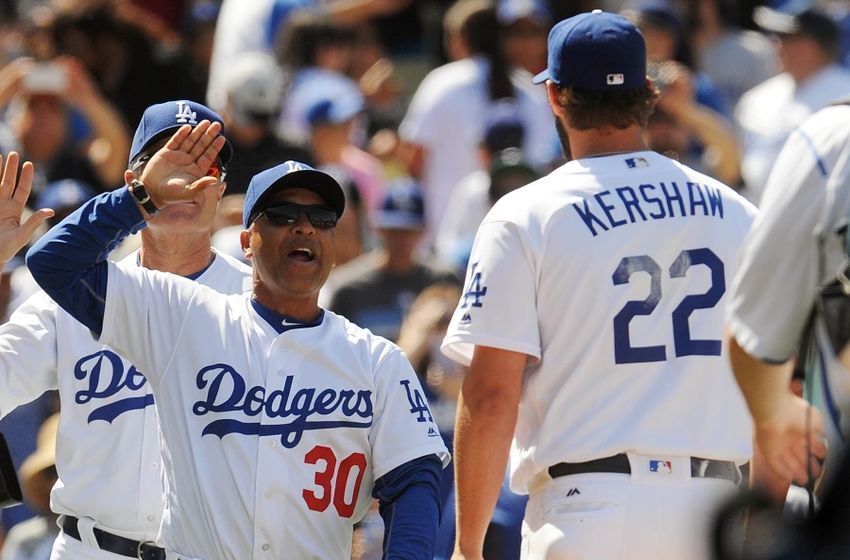
(Photo Credit: dodgersway.com)
Up and down the rosters of the Major League Baseball playoff teams there exists a melting pot of humanity. There are Americans of various hues, ethnicities and from numerous states in this country. Add in some Dominicans, Venezuelans, Koreans, Puerto Ricans, Cubans, Japanese, an Aruban, a Brazilian, Mexicans, Canadians, Curaaoans.
Curaaoans? Yes, Curaaoans.
Ten teams in the MLB playoffs. Twelve countries represented on just those ten teams. They arent the exceptions to the rule, they are part of the norm in Major League Baseball.
That norm is diversity on the diamond.
From my perspective, at least. They meet my definition of diversity.
Tweeting that MLB has a diversity problem wasn’t right. But further inspection of MLB shows it wasn’t too far off either. Where MLB does have a diversity problem is with team managers. The people charged with managing a collection of men from various ethnic backgrounds are predominantly white.
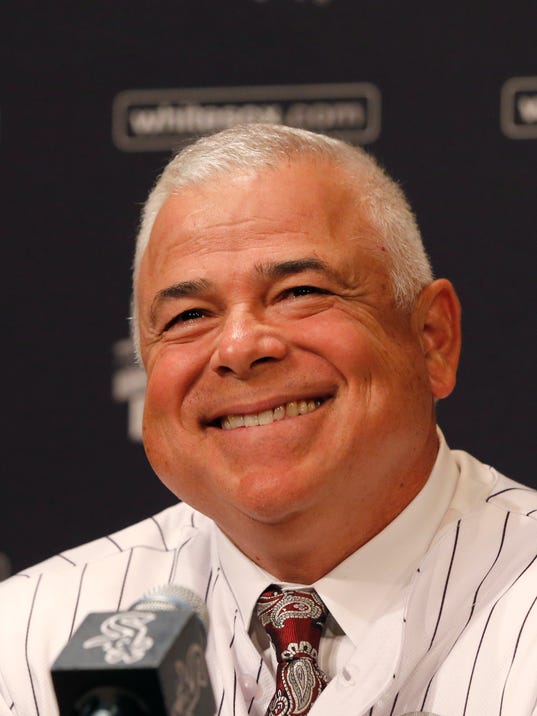
(Photo Credit: USA Today)
The Chicago White Sox recently hired Rick Renteria as their new manager. Renteria replaces Robin Ventura who resigned on Sunday after the final game of the White Sox 2016 season. The team finished fourth in the competitive American League Central with a 78-84 record, 16.5 games behind the division-winning Cleveland Indians.
Renteria now has the distinction of being the only MLB manager of Latino descent. In a sport where nearly 29% of the players are Latino, there is only one Latino manager. It took Renteria 15 years to work his way up through the coaching system before getting his first managing gig with the Cubs in 2013.
At a time when the league struggles to understand its decline with the African-American community, there are only two African-American managers. Dave Roberts leads the Los Angeles Dodgers in their National League divisional series against Dusty Baker and his Washington Nationals. Its first time in league history that two African-American managers will oppose each other in the MLB playoffs.
Comedian/actor George Lopez referred to this as the Brown Ceiling.
***
On @nflnetwork, Pro Football HOF gold jacket ceremony announced Tony Dungy as “1st coach of color” to win Super Bowl. Uh, Tom Flores?
John E. Hoover (@johnehoover) August 5, 2016
I admire @TonyDungy rightly in #HallofFame but #TomFlores was “1st Coach of Color” to win Super Bowl @ncasports@UCFDeVos
Richard Lapchick (@RichardLapchick) August 5, 2016
How do you define diversity? I suppose the better question in the context of the above tweets is, how do you define people of color?
Much like diversity, using the term people of color is becoming a catch-all phrase in some circles. Instead of singling out a certain race, people of color covers it all.
Or, does it?
When Tony Dungy was elected to the Pro Football Hall of Fame this past year, there was an underlying sentiment that he was the first coach of color to (fill in the blank). Where was Tom Flores in the conversation? Either this was a gross display of ignorance or it showed that perhaps we dont know how to define color.

(Photo Credit: goldengatesports.com)
Are Latinos included? What about Native Americans? Asians? How about Pacific Islanders? What exactly does people of color mean?
Ask 100 people in Metairie, Louisiana what it means and it will probably mean something far different than to 100 people from the Hamptons. Or, 100 people in Duluth, Minnesota or 100 people in Portland, Oregon or 100 people in Nogales, Arizona or
How do you define it? What does people of color mean to you?
This is where we are right now in this country. We each have our own definitions and perceptions of whats going on or being talked about and then we get angry when people dont understand us. When we want to be understood, we must first seek to understand.
There is a time to speak, but without understanding on part of both the listener and the speaker, they are just mere words. There is a time for action, but without consideration of the potential benefits and risk, they are just aimless motions. Both instances are potentially dangerous.
The next time someone says something lacks diversity, ask them to define it. The next time someone says something is diverse, ask they to define it. Definition leads to understanding which leads to dialogue.
Without dialogue
Well, Im still waiting on the definition of diversity.

